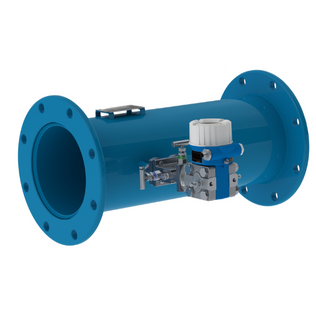Article | May 25, 2023.
Download as a PDF document
From agriculture, to manufacturing, to the oil and gas sector, and beyond, flow meters play a vital role in ensuring safe, reliable operations of critical liquid and gas infrastructure. You must be able to measure what’s flowing where on a continuous basis. That’s why flow meters are an essential tool across a variety of industries today.
By delivering accurate, continuous visibility into flow rates - flow meters ensure that agencies and businesses have the information they need to maintain smooth operations and meet regulatory requirements.
Below, we explain how flow meters work, what types of flow meters are available, and how to select the best flow meter for your needs.What is a Flow Meter?
A flow meter is a device that measures how much liquid or gas moves through a pipeline in a given period of time.
By measuring flow rates, flow meters provide crucial visibility into what’s flowing where, within pipes, drainage systems, and other types of infrastructure. In turn, they help operators determine whether systems are properly balanced, ensure that each endpoint receives adequate supply, identify excessive flow rates that could damage pipes, and so on.
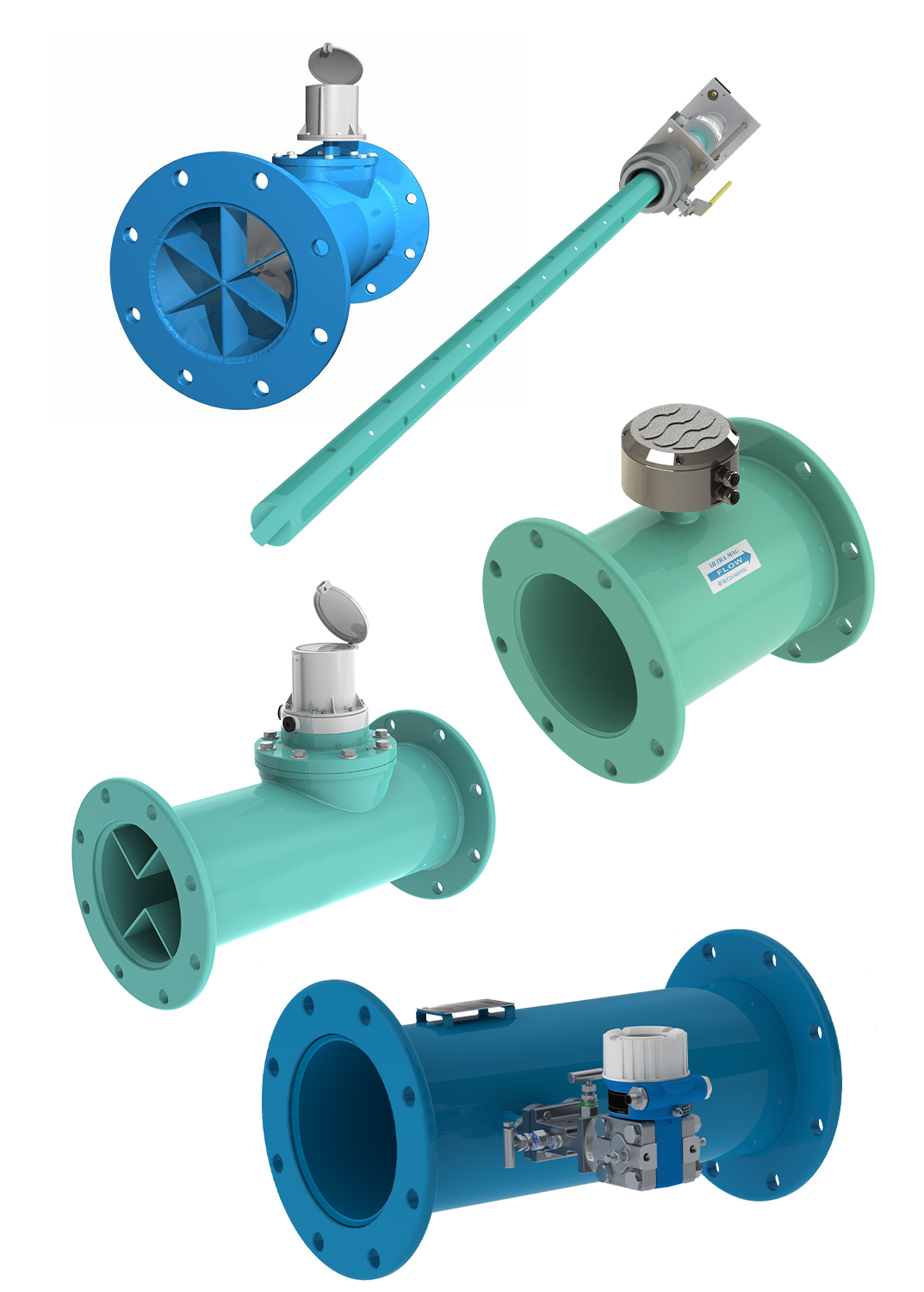
What is a Water Flow Meter?
A water flow meter is a flow meter designed to measure the flow of water specifically, as opposed to other types of liquids (like oil or gasoline) or gases.
Water flow meters can be used to track the flow of water within a variety of applications. They can:
- Measure usageby individual households or communities within municipal drinking water systems.
- Track sewage flowto help municipalities ensure that their wastewater systems adequately meet demand.
- Help factory operatorsassess the amount of water being used to cool an industrial plant.
5 Types of Flow Meters and How They Work
All flow meters perform the same basic job: They measure flow by tracking how much liquid or gas moves through a fixture in a given period of time. However, several different types of flow meters exist, each of which uses a different approach for tracking flow.
Electromagnetic Flow Meters
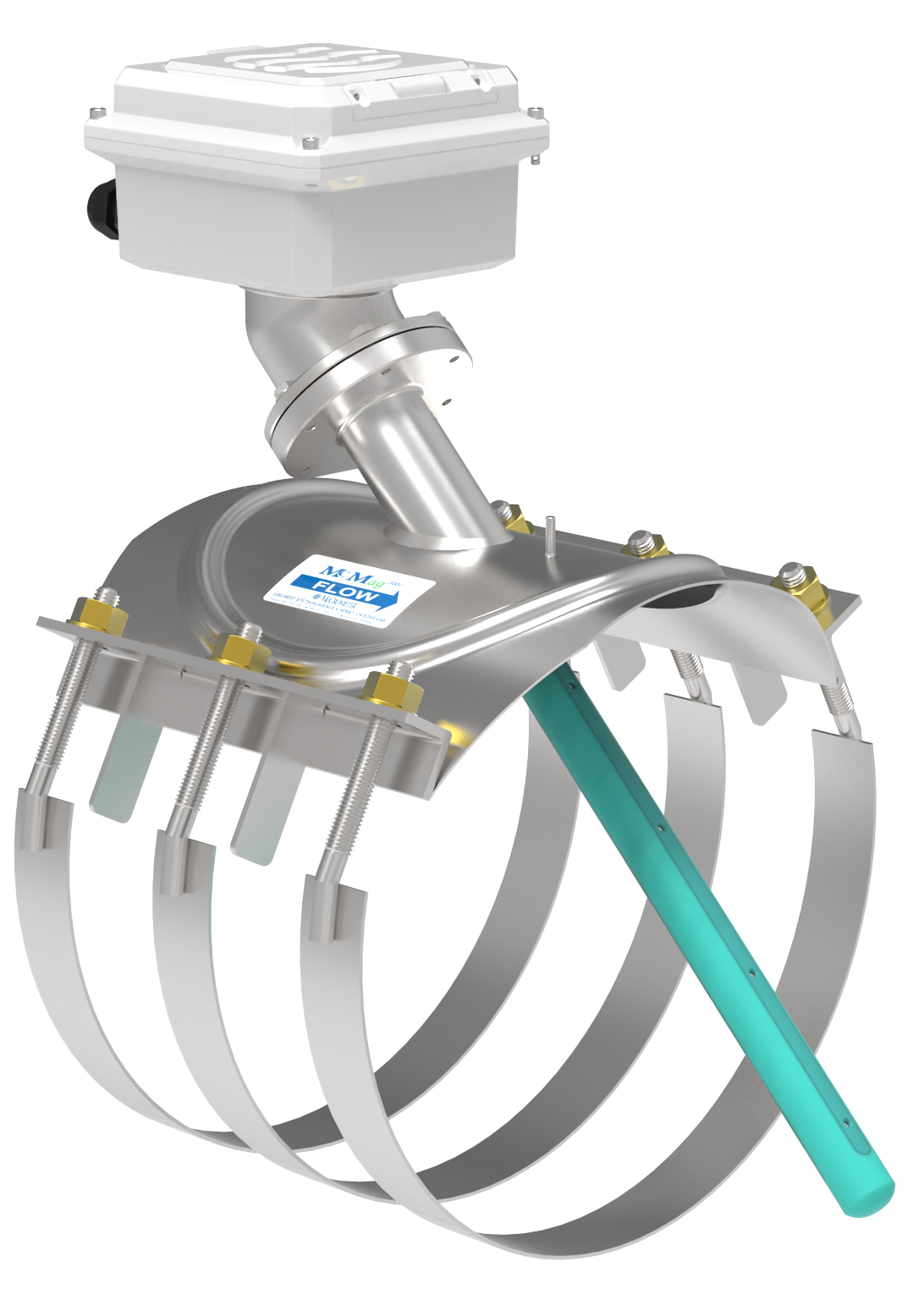
Electromagnetic flow meters, sometimes called magnetic meters or mag meters, use electrodes to measure water flow. The electrodes, which are embedded on opposite sides of the surface through which liquid flows, create a magnetic field. By sensing the voltage generated by water as it passes through the magnetic field, electromagnetic flow meters can track flow rates with a high degree of accuracy.
Electromagnetic flow meters are generally low maintenance, because they have no mechanical parts that can break down. In addition, because there are no components directly in the path of the water, electromagnetic meters don’t impede water as it passes through. That means there is no degradation in flow during the measurement process.
Differential Pressure Flow Meters
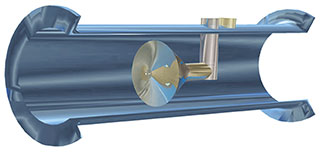
A differential pressure flow meter forces water through a constriction of some type, such as an orifice or nozzle, and measures the water pressure on both sides of the constriction. A high pressure drop indicates high water flow.
The obvious downside of this type of flow meter is that it reduces pressure and can slow down water flow, causing permanent pressure loss. These kinds of flow meters are undesirable in applications that require maximum pressure throughout the system.
Mechanical (Turbine) or Propeller Flow Meters
Mechanical flow meters force liquid through a physical component that moves when the water pushes on it. The most common type of mechanical flow meter uses a propeller for this purpose. By measuring how fast the propeller or other mechanical component turns, this type of flow meter can record flow rates with a high degree of accuracy.
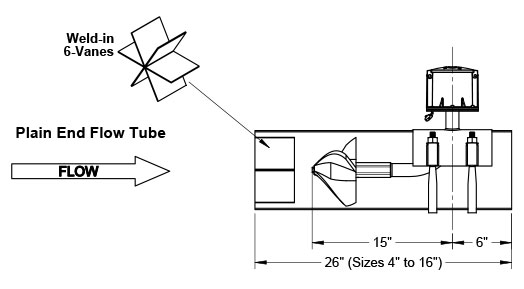
Because this type of meter contains mechanical parts that can wear down over time, however, mechanical flow meters require a relatively high degree of maintenance. Operators have to replace bearings and ensure that the propeller remains properly aligned in order to achieve accurate readings.
Ultrasonic Flow Meters
An ultrasonic flow meter uses ultrasonic waves to measure how fast liquid is traveling. By injecting waves into the liquid and listening for a response, this type of meter can assess flow rates almost instantaneously.
Because ultrasonic meters have few mechanical parts, they are a low-maintenance flow meter solution. However, because sound travels at very different velocities between different materials, even small amounts of contaminants (like dirt or air bubbles) can cause ultrasonic flow meters to produce readings that are less accurate than those of electromagnetic readers.
Vortex Flow Meters
Using a principle called the von Kármán effect, vortex flow meters measure water flow by tracking the differential pressure created by an obstacle in the path of the liquid. Changes in differential pressure create a vortex, hence the name of this type of meter.
While vortex flow meters don’t have mechanical parts and therefore require little maintenance, their readings are not highly accurate, especially at low flow rates.
Why Accurate Flow Meters Are Important
The degree of accuracy that an organization requires from a flow meter may vary. In general, however, the more accurate the flow meter, the more valuable it is to the business or agency.
That’s true across a variety of industries, all of which require accurate flow readings to ensure smooth business operations:
- Agriculture: In applications like agricultural irrigation, too much flow can flood a crop, leading to rot and a wasted harvest. Too little, which starves plants of water, is just as dangerous. Accurate flow meters remove the guesswork to ensure healthy, productive fields.
- Wastewater: Accurately measuring the flow of sewage and other types of wastewater is essential for preventing clogs, especially in systems where wastewater includes sludge as well as liquid effluent.
- Drinking water: Potable water systems require accurate flow measurements to ensure that the right amount of water reaches each branch and building on the system, even as water consumption rates vary across the systems.
- Cooling water: In settings like factories and data centers, cooling water plays a vital role in preventing equipment from overheating—but it only does so if cooling systems deliver just the right volume of water, which requires accurate flow meter readings.
- Industry: Industrial processes often require a variety of liquids, such as water, steam, and gas. Accurate flow meters ensure that businesses have the right volume and pressure of these materials to keep the plant floor humming smoothly.
- Oil and gas: To manage production and ensure adequate energy supply across large networks, the oil and gas industry must accurately measure flows, even when materials aren’t pure or when liquids travel very long distances.
How to Choose the Best Flow Meter
Given the varying levels of accuracy and degrees of maintenance required from different types of flow meters, choosing the best flow meter for your application can be challenging.
Here’s what to consider when evaluating your options:
- Understand the Process
- Consider the Media Being Measured
- Determine Accuracy, Range, and Certification Requirements
- Inspect the Meter Location and Installation Needs
- Decide What Type of Output is Needed
- Consult with a Technical Partner
- Read our full article and details of the Top 6 Factors to Consider When Selecting a Flow Meter
No one knows flow meters as well as the manufacturers and engineers who design, build, and help to maintain them. If you’re in doubt about the best type of flow meter for your use case, reach out to a technical partner. An experienced engineer or installation expert can help you to understand installation requirements, maintenance costs, reporting accuracy, and other factors that are crucial for effective flow meter operation.
Request a Quote
Featured Flow Meters
Wafer Cone®
Space-saving, flangeless design including an interchangeable cone for varying flow conditions.
Learn More

